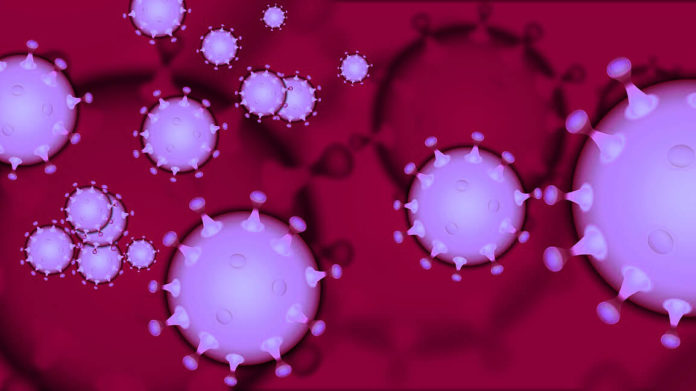Combination antiretroviral therapy (cART) has dramatically improved the lives of HIV patients by reducing viral loads to levels so low that they can’t be detected. It allows them to live nearly disease-free.
But it’s a perpetual game of hide-and-seek that the immune system can never win because the virus can lay low, dormant and hiding in the host DNA of infected cells. Those infected white blood cells, called T cells, don’t make new copies of HIV when dormant, but they are a reservoir for rapid flare-ups that can happen as soon as cART stops.
A true cure for HIV would need to draw out these hidden copies of viral genes in infected T cells, shocking them into making viral proteins that make the infected cells visible to therapy.
“The aim is to get it all out of dormancy with a targeted punch, so the remaining virus can be killed,” said principal investigator Eric Arts, professor of medicine and dentistry at Western University, in a press release.
The study was carried out in collaboration with researchers at Case Western Reserve University and Imperial College London, and published in eBioMedicine.
This shock-and-kill strategy uses virus-like particles that are empty shells designed to look just like HIV. They are the right size and present the right surface proteins, but they’re inactive because there’s no genetic material inside. The formulation is called Activator Vector (ACT-VEC).
In the case of HIV, the very cells that are usually tasked with destroying an infection are also the target host cells. ACT-VEC both makes the infected T cells visible and activates T cells for their destruction power.
The research team harvested samples of T cells from HIV-positive patients diagnosed and treated at acute or early infection. Treated with ACT-VEC, the formulation reactivates the T cells’ immune response by a second exposure to what they see as being HIV particles.
At the same time, presenting ACT-VEC to infected but HIV-dormant cells, the virus-like particles dock to T cell receptors that HIV uses to infect new host cells. This leads to signalling that shocks the dormant HIV genes into expressing viral proteins, making the viruses visible so they can be destroyed with antiretroviral treatment.
“Now that we’ve shown this can be done with patient samples at early HIV disease, the hope is this will lead to targeted cure strategies,” added Arts.
The idea has been patented, and within the next year the team hopes to validate the treatment as a cure in clinical trials. If successful, patients could go into remission, allowing them to stop treatment with antiretrovirals and still live HIV-free.








































